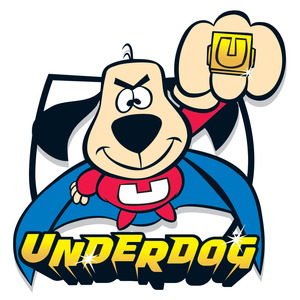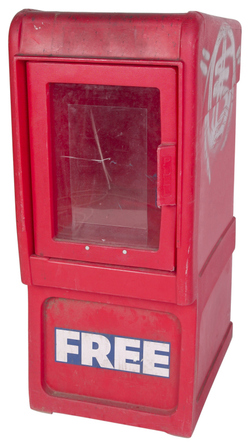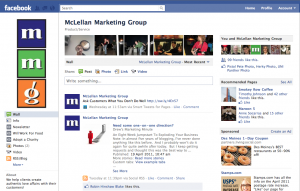Viva the underdog!
May 24, 2011

…a blast from our past…it’s Underdog
Most of our clients at McLellan Marketing Group could be classified as underdogs. Call them challenger brands, the little guy or the rising star — but odds are, they have a Goliath or two in their path.
We love helping them topple the big guys and steal their thunder. In fact, we believe that it’s a market ADVANTAGE not to be the biggest. Yup…. being an underdog is a plus in our book.
Why? In today’s world of constant change, it’s a lot easier to win the hearts and minds of buyers if you’re nimble, not bound by layers of corporate and committee decision making and you can wear your heart on your sleeve. Market leaders don’t actually want to engage in a fight and they hate scrappy little guys who take them off their well prescribed path. That’s how you beat them — you make them play your game.
Here’s the unspoken truth of underdog marketing. You don’t have to actually destroy the industry leader — you just need to take a good sized piece of his pie. In fact, you don’t, in most cases, want to be the leader. Why wear the target on your back? It’s more fun to be the challenger — the one who can break some rules, change the game… and create love affairs with your customers.
That’s why I was eager to read Stephen Denny’s book Killing Giants (click here to buy*) Denny interviewed 70 “giant killers” and tells their story in his new book which outlines some powerful techniques for knocking the big guys down a peg or two.
The book presents 10 strategies that businesses can adopt to overcome a market leader. The strategies run from taking advantage of the speed and agility of being small to the willingness to take on some risks that the big boys can’t stomach.
He’s structured the book well — each chapter is divided into the strategy, the stories and the take aways. My only “complaint” is that Denny’s underdogs are what many of us would consider to be giants in their own right — like Adobe or Hersey’s Krackel. But it’s a good reminder that even large organizations like Hershey can be an underdog and have to think differently. The techniques they used translate just fine to a local bank or CPA. So don’t dismiss the book just because many of the examples are national brands you recognize.
I think you’ll find the book gets you fired up to go out there and take on a giant or two!


















